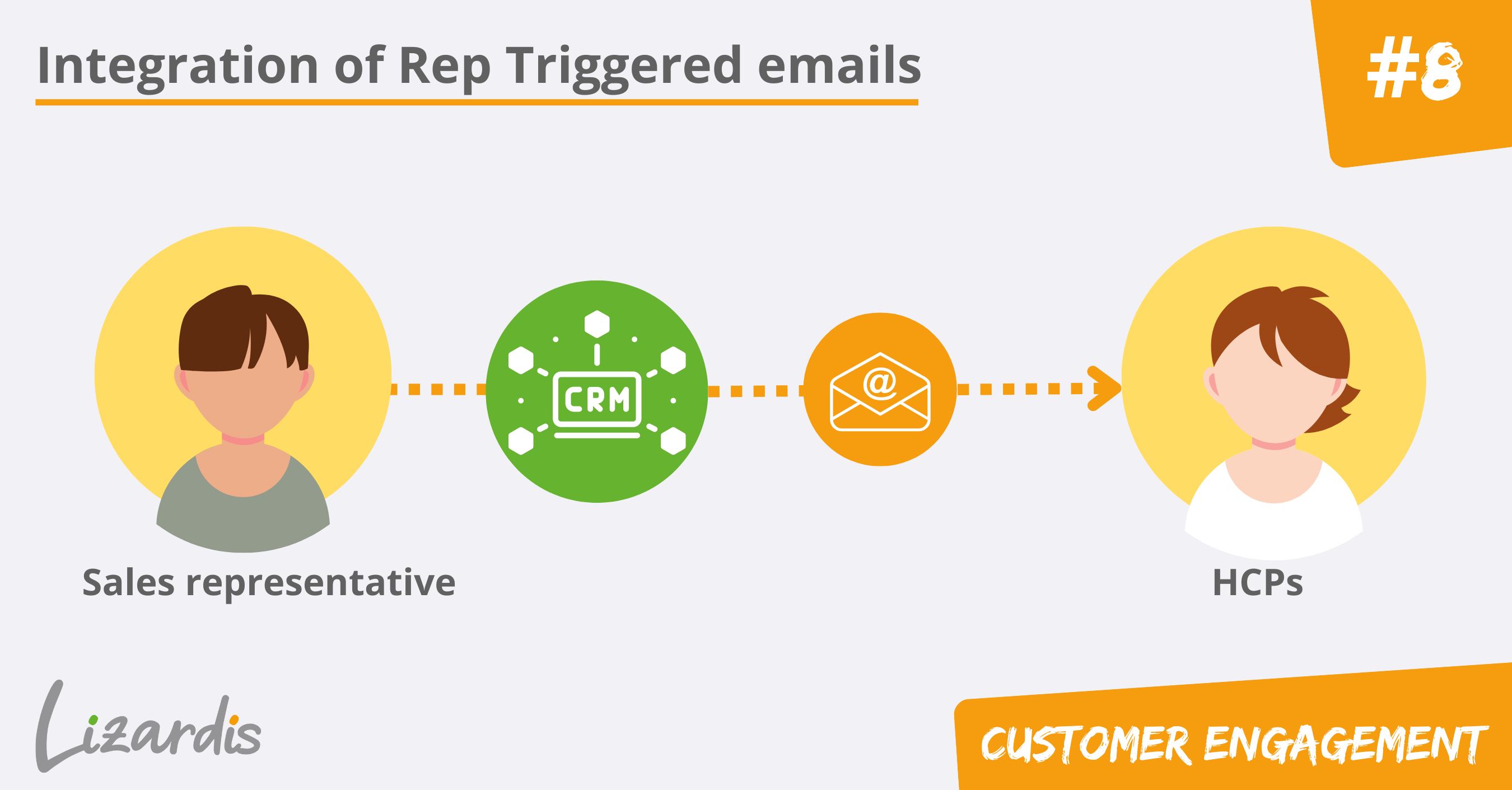Hanover, February 7 2023
In the previous article last week, I explained what customer engagement is and why it’s so important. You will now probably ask yourself: How does a customer become an engaged customer? Today’s article therefore deals with this question precisely.
Trust, comprehension, and relevant content
The foundation of any relationship between customers and brands or companies is trust. To this end, it is important that the customer is always valued and treated with respect.
As a first important step, customers should only receive offers that are relevant to them via the channels they prefer. The customer wants to be understood as an individual and not be lost amidst the anonymity of the various systems. This in turn makes it necessary to know the customers’ preferences, which I will discuss in more detail in a separate article at a later date.
Building trust can also be supported through proactive communication. In doing so, it is essential to always be one step ahead of the customer and to proactively offer them solutions to their questions, which they may not even know are interesting or even relevant to them at the time of the offer. Consequently, great importance should be attached to content generation because customers must be continually provided with new information and ideas and be encouraged to use or even share the content.
Data protection
Responsible handling of customer data generated by interaction with or by customers is also important for building and maintaining trust. In this context, the focus is on preventing the misuse of the customer’s data and, above all, negative content on this topic.
Sustainability
The sustainability of a company or brand is also playing an increasingly important role in customer engagement and building trusting customer relationships. Especially in times of climate change and the energy crisis, it is important that companies or brands make a visible contribution to increasing their own or general sustainability and, of course, publicize this.
Making customer engagement measurable
However, it is now also important for customers’ trust in a company or brand to be measurable. Ideally, therefore, companies offer a direct or indirect option through which the customer can simply provide feedback or a rating. This feedback can then be used directly to initiate further measures to further develop the customer relationship.
The customers of the life sciences industry
Since our day-to-day consulting services focus strongly on the life sciences industry and have a special connection to the biotechnology and pharmaceutical sector, I would like to explain how a customer is defined in this area. Until now, the focus of biotech and pharmaceutical companies has been on medical personnel or medical facilities. This means that these companies are becoming more and more focused on Health Care Professionals (HCPs) and Health Care Organizations (HCOs) as customers and are thus operating more extensively in the B2B sector. However, we are certain that patients, as actual consumers of the products, will also play an increasingly important role in this area regarding customer engagement. The topic of patients, however, will be the subject of a separate article at a later date.
For now, let’s stick to the topic of customer engagement in terms of HCPs and HCOs and address the question of how we can lay the groundwork for further customer development. As a start, we note that Customer Engagement starts with asking the right questions in relation to HCPs and HCOs. Only then can a life sciences company obtain the data it needs to gain important insights and derive further measures from them.
For this reason, my colleague Marcos Garcia Villas will be addressing the topic of what questions should be asked in relation to customers in the upcoming week.
You want more insights?
Check out our other blog articles about customer engagement!
Omnichannel-Management: From product centricity to customer centricity (3/3)
How do you measure the success of your omnichannel strategy and customer-centric approach? Learn more about possible methods for measuring omnichannel efforts.
Omnichannel-Management: From product centricity to customer centricity (2/3)
The successful implementation of omnichannel requires an organizational change away from traditional silo thinking towards customer orientation.
Rep Triggered Email platforms – What is the most sensible way to integrate this channel to promote customer loyalty?
In this article, I will review the so-called Rep Triggered Emails channel. I will outline what approaches exist for this channel in the life sciences industry, what tools are used and what data can be obtained in this way.
Remote Engagement – what opportunities does it offer for life science companies?
In this post, I will focus on the remote call channel (also referred to as remote engagement, video call, or video conferencing), in particular and describe how to successfully use the channel.
Use this data to assess your customer’s engagement as a life sciences company
Which data and insights help me to assess customer engagement as a life sciences company? And how can I improve customer engagement? Learn more in this article.
What customer data is available to life sciences companies?
Correct data collection & processing is not the favorite topic of many, but immensely important! Without data no information & therefore no reliable statements.
This is what you should know about your customers in the life sciences industry
Learn here, what you as a life sciences companies should know about your customers to inspire them to further engagement, and how to come to that knowledge.
How to turn a customer into an engaged customer
There are several factors for influencing a customer to become an engaged customer. These include - amongst others - trust, understanding and relevant content. Learn more.
What is customer engagement and why is it so important?
Everyone is talking about customer engagement. But what excatly is it, why is it important and how do I optimize customer engagement? Learn more in our blog post.











